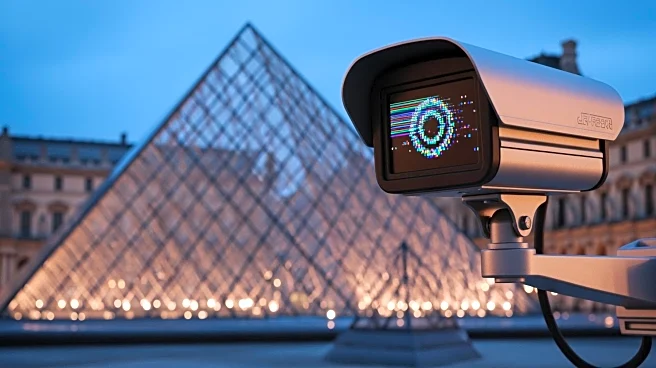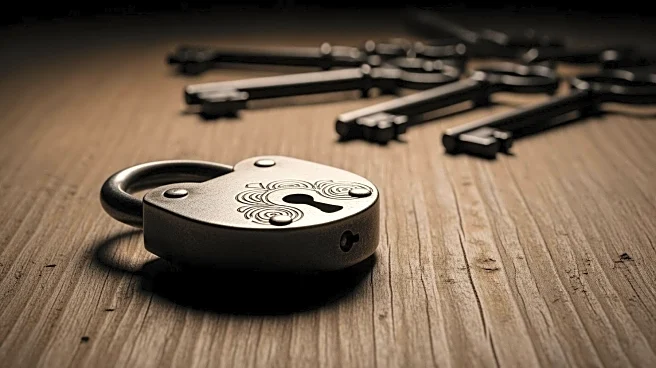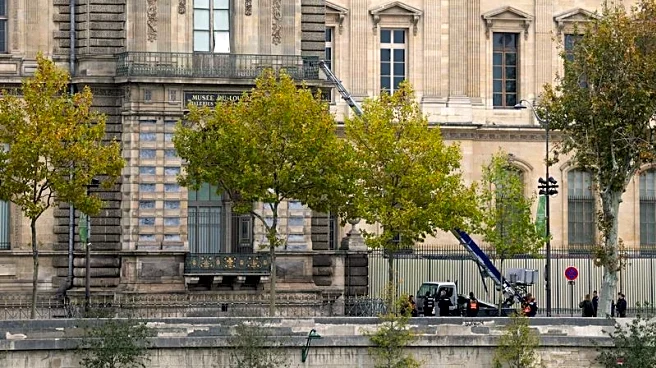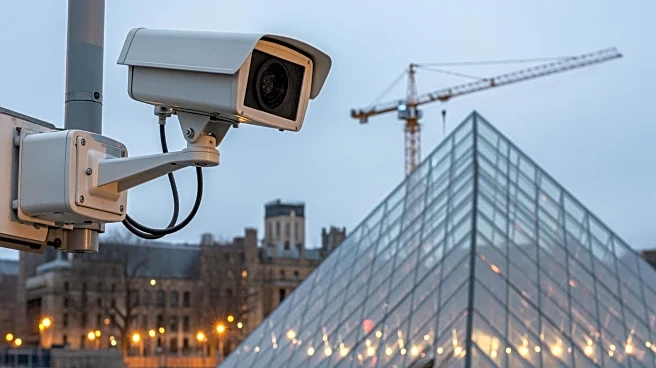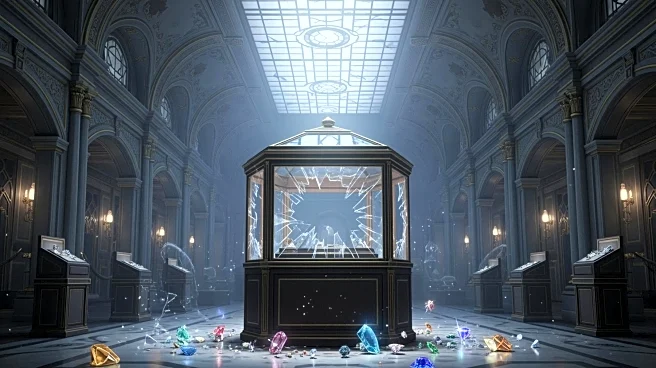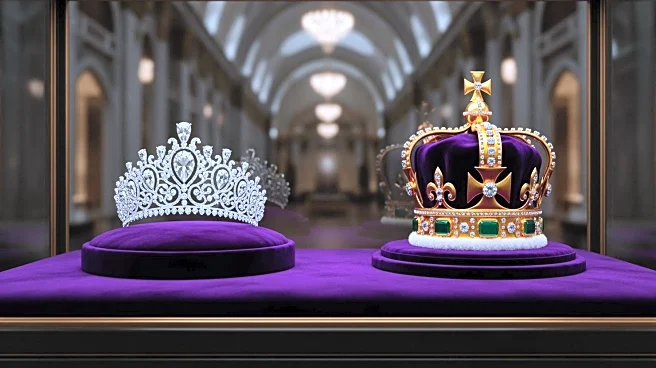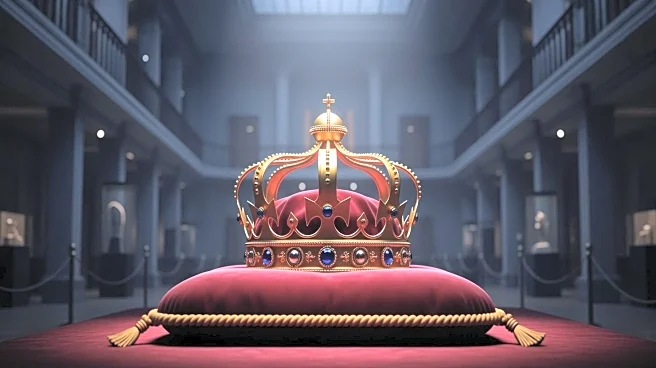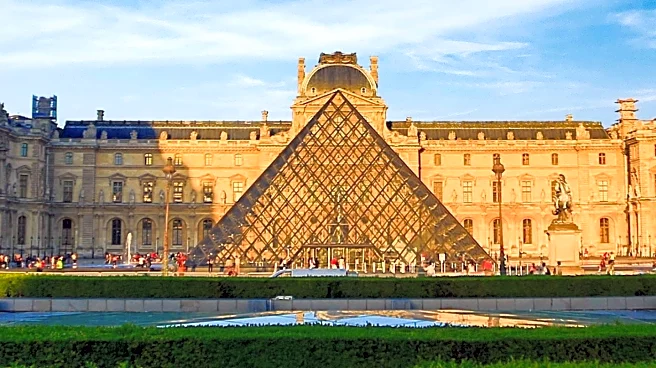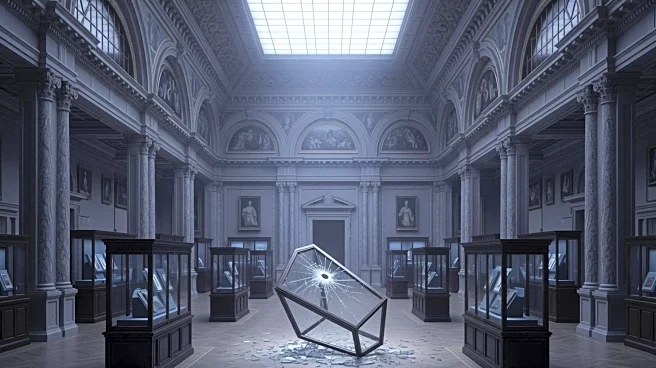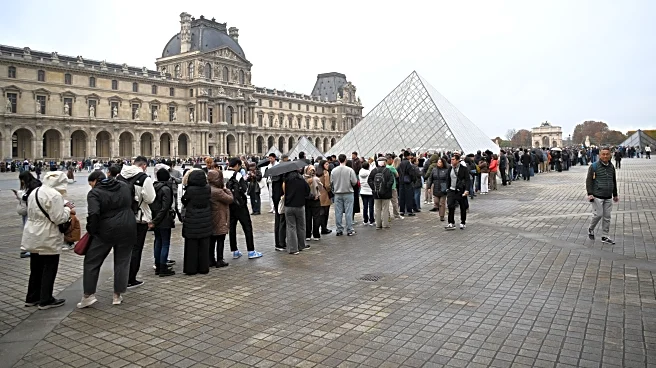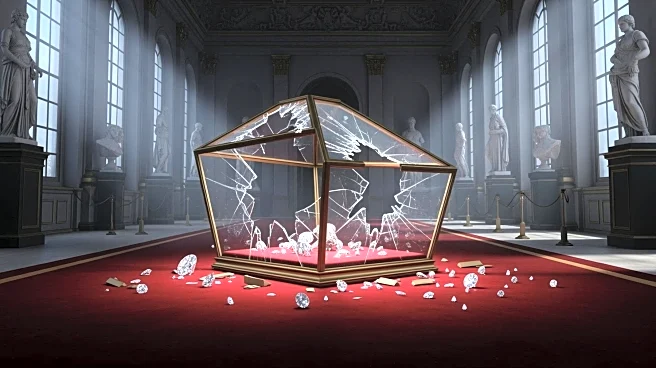What's Happening?
A recent hearing in France revealed that a security camera at the Louvre was facing the wrong direction during a heist, highlighting vulnerabilities in the museum's surveillance system. According to ABC
News, French officials discussed the incident, noting that the Louvre's aging infrastructure was unable to support modern surveillance technology. This revelation raises concerns about the security measures in place at one of the world's most famous museums, which houses invaluable art pieces and attracts millions of visitors annually.
Why It's Important?
The malfunctioning security camera at the Louvre underscores the critical need for updated security systems in major cultural institutions. This incident could have significant implications for museums worldwide, prompting them to reassess their security protocols to prevent similar vulnerabilities. The Louvre's situation may lead to increased scrutiny and pressure on governments and museum administrations to invest in modern surveillance technologies to protect cultural heritage. Failure to address these issues could result in heightened risks of theft and damage to priceless artifacts, affecting the cultural and historical preservation efforts globally.
What's Next?
In response to the security lapse, the Louvre and other museums may need to conduct comprehensive reviews of their surveillance systems and infrastructure. This could involve significant investments in upgrading technology and training staff to handle modern security equipment. Additionally, there may be increased collaboration between cultural institutions and security experts to develop more effective strategies for safeguarding art collections. The incident may also prompt legislative discussions in France and other countries regarding the allocation of funds for cultural preservation and security enhancements.
Beyond the Headlines
The Louvre's security camera issue highlights broader challenges faced by historical institutions in balancing preservation with modernization. As museums strive to maintain their traditional architecture and ambiance, integrating advanced technology without compromising these elements becomes a complex task. This situation raises ethical questions about the prioritization of security over aesthetic and historical integrity, potentially influencing future museum design and renovation projects.
